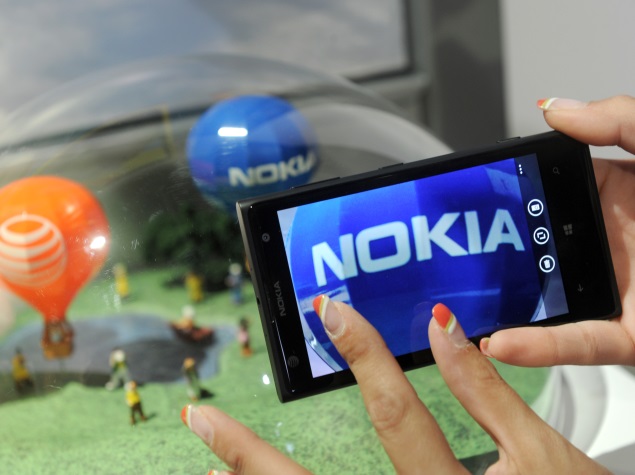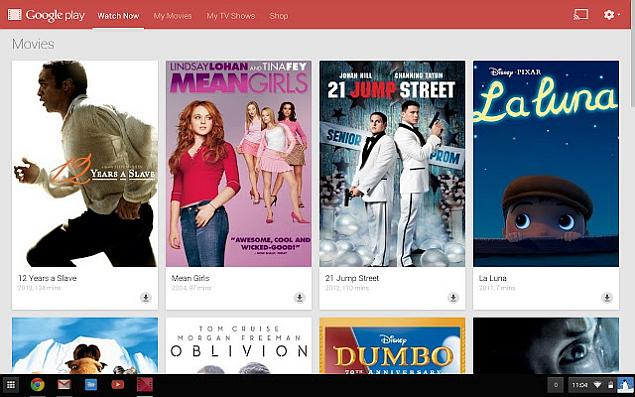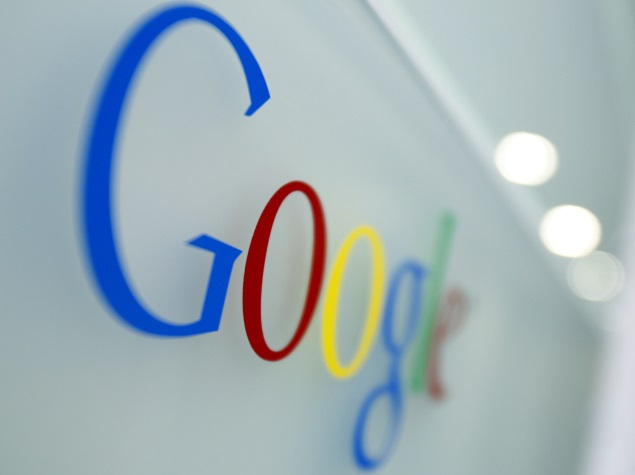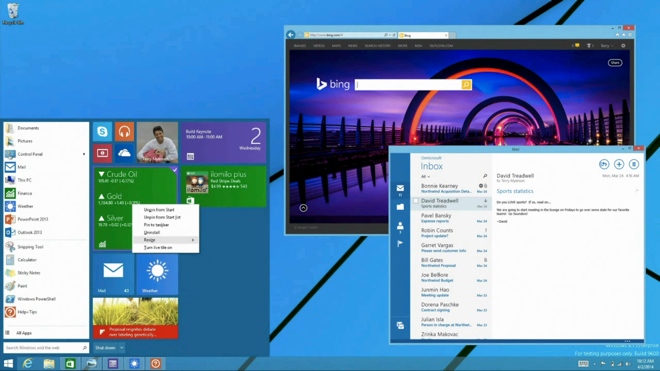New tech, venture capital feed "gold-rush" among India's IT start-ups

In India's IT
services outsourcing sector, local start-ups, often backed by U.S.
venture capital funds, are nipping at the heels of industry heavyweights
such as Tata Consultancy Services Ltd and Infosys Ltd
These nimble start-ups, most of
them based in Bangalore, offer niche cutting-edge technology products,
solutions and services that traditional outsourcing companies don't
offer, or can't offer at competitive rates.
To be sure, Tata Consultancy (TCS), Infosys and Wipro Ltd
still account for the bulk of the $100 billion-plus core IT industry's
sales and employ hundreds of thousands of engineers. But as these focus
on routine services like application development and IT infrastructure
management, the start-ups are stealing a march in newer areas such as
cloud computing and mobile technology.
The
value of outsourcing contracts for digital technologies - social,
mobility, analytics and cloud (SMAC) - is set to soar to $287 billion by
2016 from $164 billion last year, says Rajat Tandon, a senior director
at the National Association for Software and Services Companies, an
outsourcing sector lobby group.
Start-ups
will lead the race in providing solutions based on these SMAC
technologies, says the group, which predicts the number of start-ups in
India will top 2,000 by 2015, from 450 in 2012.
"There's
a gold rush. Start-ups are rushing in to serve markets that were never
served before," said Sharad Sharma, co-founder of iSPIRT, a think-tank
and start-up consultancy.
HEAD-TO-HEAD
One
such relative newcomer is ISGN, a mortgage technology and services
company backed by California-headquartered New Enterprise Associates and
India's KK Birla group. With a modest workforce of 1,200, the 2007
start-up is already taking business from its bigger, established rivals,
winning outsourcing contracts from leading U.S. mortgage companies.
ISGN
last year won a $75-$100 million renewal order from one of the top five
U.S. mortgage companies which had previously placed work with one of
the major Indian IT firms, said CEO Amit Kothiyal, a former Infosys
veteran. He declined to give details, citing a confidentiality pact.
"We
have a couple of large deals going on right now, where we're competing
head to head with some of the traditional Indian IT majors," he added.
India's
big outsourcing companies have thrived for years by providing IT and
back-office services to global corporations such as Citigroup (
C.N) and BT Group Plc (
BT.L),
tapping a vast cheap local workforce. But they are now coming under
pressure from smaller firms with venture capital funding, a
technological edge and staffed often by skilled engineers who have quit
well paid jobs at the large IT companies to take on the challenge of a
new venture.
"Today, the deal
isn't about labour arbitrage ... to be competitive, companies need to
provide technology, and services become an add-on to that," said Ben
Mathias, a partner at New Enterprise Associates' India unit. "Without
the technology you lose the competitive edge."
U.S. retailer Target (
TGT.N),
for example, is working with five Indian start-ups on areas ranging
from automating the generation of rotating 3D images to the
personalisation of search and product recommendations, said Navneet
Kapoor, its India managing director.
Sudin
Apte, CEO and founder of advisory firm Offshore Insights said the
so-called Global 2000 firms - from the Forbes list of the world's
biggest public companies - are expected to spend 15-16 percent of their
IT services and outsourcing budgets on SMAC, with India forecast to
export $16 billion worth of SMAC software and services in fiscal 2018.
BUSINESS MODEL REVOLUTION
Reuters
spoke to five start-ups, four of which said that more than 60 percent
of their revenues came from clients in the United States and Britain,
and there's almost always an incumbent IT player they have to compete
against.
Client demands range from
quick project turnaround and customised marketing solutions to a need
for a competitive edge in using digitisation, mobile, social media and
other platforms.
The adoption of
digital technology has substantially changed business models across the
financial services, healthcare, entertainment and telecoms industries,
says Sudin Apte, CEO and founder of advisory firm Offshore Insights.
For
example, Mumbai-based Emart Solutions, a loyalty management company,
won a deal with a global energy company by developing new mobile
technology that cut the time needed to process sales data from several
weeks to a few seconds, co-founder Srikanth Chunduri told Reuters.
In
traditional IT services, affordable options like Zoho, which offers
customer relationship management solutions to small and mid-sized firms,
prompted EcoMark, a Denver, Colorado-based solar energy firm, to
migrate from a similar Salesforce.com (
CRM.N)
platform, the start-up told Reuters. Zoho, based in Chennai, said
EcoMark saved more than $1,000 per month for 30 users by switching to
its platform. EcoMark and Salesforce.com did not respond to requests for
comment.
"One can't ignore that
for every account we speak to there's always an incumbent you have to
contend with," said Puneet Jetli, chief operating officer at Happiest
Minds, whose investors include Canaan Partners and Intel Capital. Jetli
says at least 60 percent of the Bangalore-based start-up's new projects
come from companies which are already working with established IT
groups, but want a change.
FUNDING INNOVATION
Venture
capital funding has long been a missing link for budding tech start-ups
in India - from the days when the seven co-founders of Infosys pooled
$250, mostly borrowed from their spouses, to start the company more than
three decades ago.
The country is
now seeing a boom in early-stage investment with a large number of
funds, including U.S.-based Accel Partners, Lightspeed Venture, Charles
River and Sequoia Capital, chasing innovative ideas.
Venture
capital funds invested around $190 million in early-stage tech firms in
India last year, up by almost a quarter from 2012, according to Hong
Kong-based Centre for Asia Private Equity Research Ltd. A total of $623
million has been invested by venture funds in India since 2011,
three-quarters of which was used to buy stakes in software services and
e-commerce start-ups, data from the research house shows.
"India
is undergoing a transformation. The Internet is catching up and is
becoming a basic need here. That makes India an incipient market for
businesses that leverage that," said Prayank Swaroop, Senior Associate
at Accel Partners in India.
The attraction for venture funds was underscored by Facebook Inc's (
FB.O)
acquisition in January of Bangalore-based Little Eye Labs, a start-up
that builds performance analysis and monitoring tools for mobile Android
(
GOOGL.O)
apps. VenturEast Tenet Fund, an early-stage investor in Little Eye
Labs, made a return of multiple times its initial investment, people in
the industry said. Sateesh Andra, managing partner for VenturEast, which
has close to $300 million under management, said returns on Little Eye
were "attractive", but declined to give details.
"There's
a lot of innovation to come and that can only happen if capital is made
available," said Bejul Somaia, India managing director for Lightspeed,
whose investments in India range from $1 million to $25 million. "It's
encouraging to see that more capital is being made available to fund
innovation at a time when these technology platform shifts are underway
and as more young entrepreneurs take the risk of starting companies."
The
established IT companies are taking note, and are open to partnering
with start-ups to reach a wider range of clients, instead of developing
all the facilities themselves.
"We
proactively deliver value using our start-up ecosystem and innovation,
which in turn helps us differentiate from our competitors," said K.R.
Sanjiv, Chief Technology Officer at Wipro.



















 A small example of some Swift source code
A small example of some Swift source code












